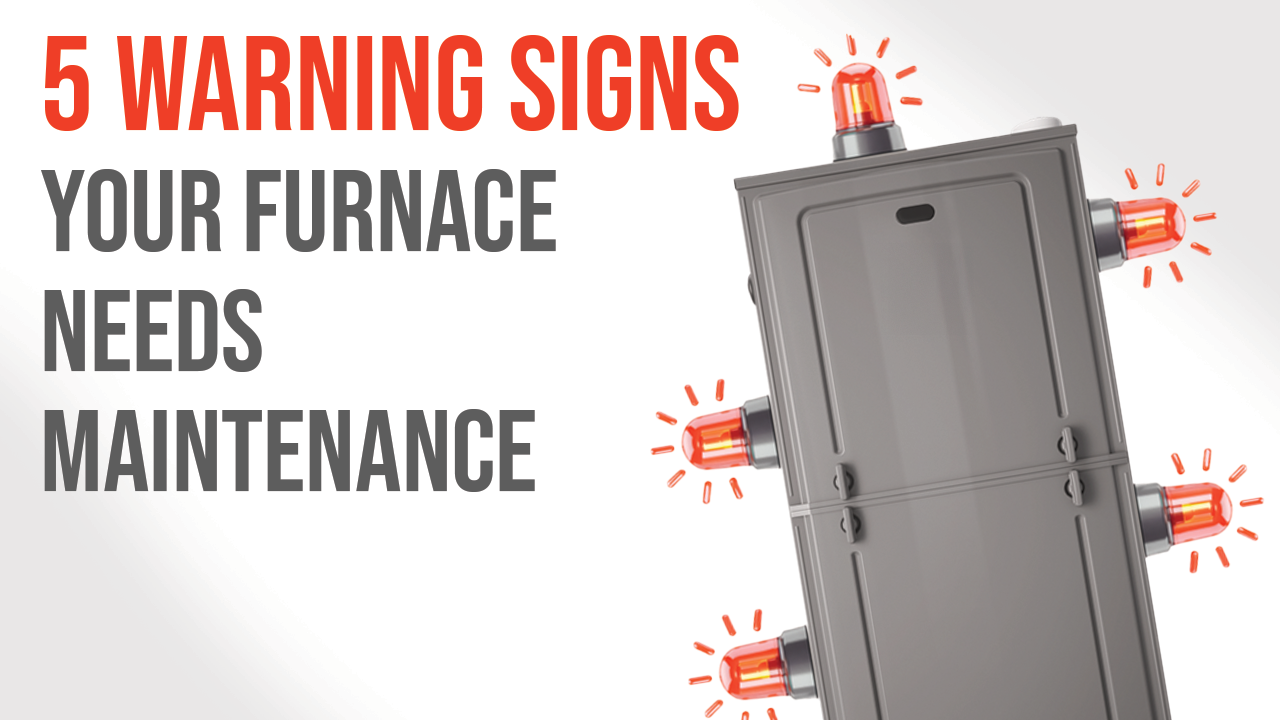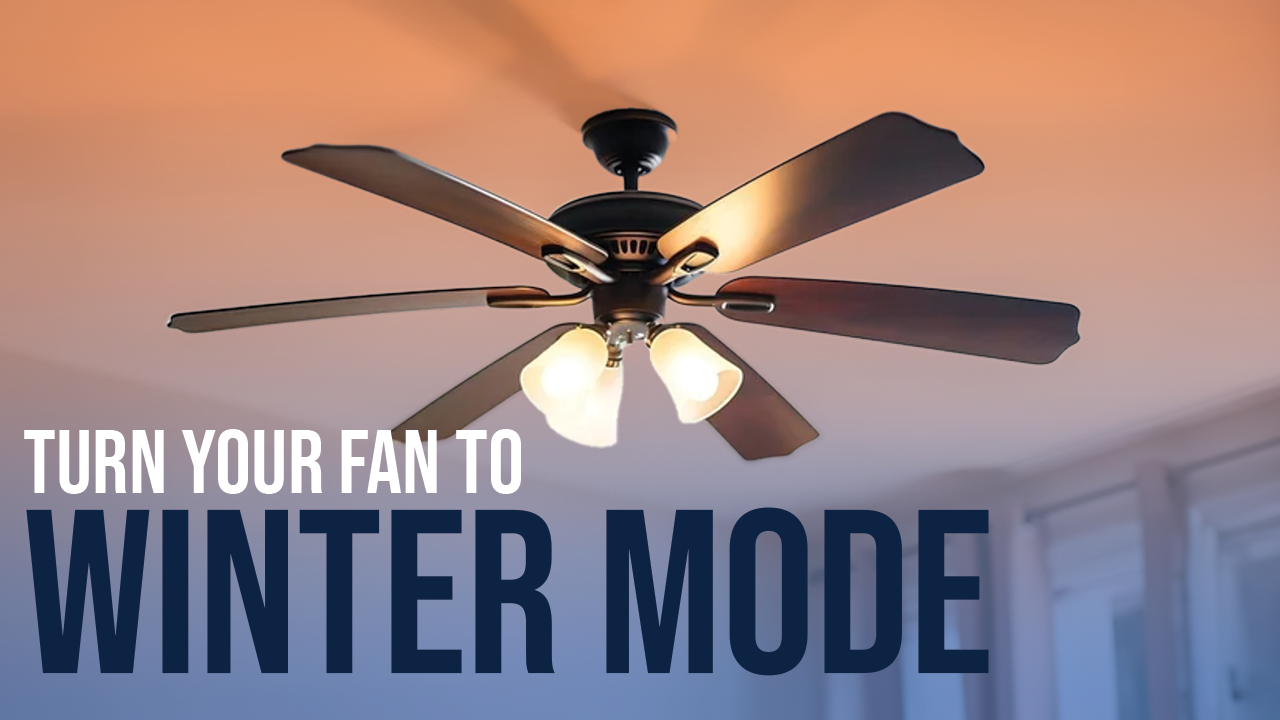Updated January 17, 2024
“Radiant heating” as a general term describes one of the ways that heat moves: waves of heat emanating from a warmed object that travel until they contact another solid object and transfer their energy. You’ll experience radiant heat when you feel the warmth coming from a sunbaked asphalt road.
In-home heating, “radiant heating” usually refers to a system that raises the temperature of the floorboards in a home, causing them to radiate heat into a room. These systems are often called “radiant floor heating.” They have rapidly become popular as an alternative to forced-air heaters because of their efficient energy use, quiet and clean operation, and cozy heating power.
If you are interested in radiant heating installation, call up our Des Moines, IA heating specialists at Golden Rule today. They can tell you about the benefits of radiant floor heating and how it can work for you.
Some key radiant heating components
- Water heater: At its core, a radiant heating system is similar to a boiler: it uses heated water as its source of warmth. As with a boiler, it has a tank where either gas jets or electric heating elements raise the temperature of the water, and a pump then circulates the water through a closed system.
- In-floor pipes: The hot water from the tank runs through these pipes set into the floorboards. The heat from the pipes raises the temperature of the floor, and they become the source of the toasty heat that comes from beneath your feet. These pipes are usually made from PEX tubing and depending on the room are either housed in a concrete slab, under a sub-floor, or over a sub-floor.
- Plumbing manifold: This is usually installed between the water tank and the in-floor pipes to help regulate how the water is distributed. The manifold’s complexity depends on how many areas of your home have in-floor pipes.
Other radiant heating options
If you are interested in radiant heating but do not want to go through the process of installing in-floor pipes, you can always opt for baseboard heaters, which run pipes along exterior walls, low to the ground. Baseboard heaters use both radiant heating and convection to provide warmth.
Radiant heating requires professional installation
Installing radiant heating—especially floor heating—is not a do-it-yourself project, nor should you entrust it to amateurs. Call up heating contractors with experience handling radiant heat and discuss with them the best way to install the system that will work ideally for you.
Golden Rule has heating specialists in Des Moines, IA ready to assist you with finding the best choice for warming up your home. We back up our services with a 100% satisfaction guarantee.
Contact Us Today for Heating Service!
If you found this post helpful, check out some other budget-saving tips:


As the temperatures drop and winter approaches, ensuring your furnace is in top shape becomes a priority for homeowners. A well-functioning furnace keeps your home warm, your... Read More

As winter rolls in, many of us instinctively reach for the thermostat to stay warm. But did you know your ceiling fan can be an ally in... Read More

Watch Out! Don’t Fall for These HVAC Scams Hey there, homeowners! Are you worried about keeping your home comfy and cozy without getting duped by shady... Read More